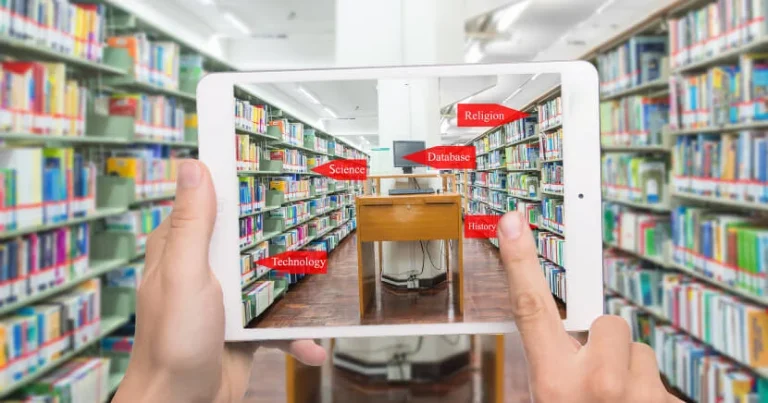Libraries are evolving to meet the changing needs and preferences of their patrons, particularly among the younger generations. Gen Z and millennials, born into a world of technology and connectivity, expect libraries to offer digital resources and services that align with their digital lifestyles. In this article, we’ll explore how digital resources are keeping Gen Z and millennial patrons engaged with libraries, fostering a culture of learning, exploration, and discovery.
Understanding the Digital Generation
Gen Z, born between the mid-1990s and early 2010s, and millennials, born between the early 1980s and mid-1990s, are digital natives who have grown up with technology as an integral part of their lives. For these generations, digital resources are not just a convenience but a necessity for accessing information, connecting with others, and engaging with the world around them.
As such, libraries must adapt to meet the expectations of these digital-savvy patrons by offering a diverse range of digital resources and services that cater to their preferences and interests.
Expanding Digital Collections
One of the most significant ways libraries are keeping Gen Z and millennial patrons engaged is by expanding their digital collections to include a wide range of resources beyond traditional books. E-books, audiobooks, digital magazines, and streaming media are just a few examples of the digital content libraries are offering to meet the diverse interests and preferences of their patrons.
By providing access to digital collections, libraries ensure that patrons can access the content they want, when they want it, from the convenience of their own devices. This flexibility and accessibility are particularly appealing to Gen Z and millennial patrons, who value convenience and instant gratification in their digital interactions.
Innovative Technology and Services
In addition to expanding their digital collections, libraries are embracing innovative technology and services to enhance the patron experience and keep Gen Z and millennial patrons engaged. Virtual reality (VR) experiences, coding workshops, maker spaces, and digital literacy programs are just a few examples of the innovative services libraries are offering to attract and engage younger audiences.
These hands-on, interactive experiences provide patrons with opportunities to explore new technologies, develop new skills, and unleash their creativity in a supportive and collaborative environment. By embracing innovation, libraries demonstrate their commitment to meeting the evolving needs and interests of Gen Z and millennial patrons in the digital age.
Accessible and Inclusive Platforms
Accessibility and inclusivity are also key considerations for libraries seeking to engage Gen Z and millennial patrons with digital resources. Libraries are investing in accessible platforms and technologies that ensure all patrons, regardless of ability or background, can access and benefit from digital resources and services.
This includes providing features such as text-to-speech, screen readers, and adjustable font sizes to accommodate patrons with disabilities. Additionally, libraries are working to ensure that digital resources are available in multiple languages and formats to cater to diverse linguistic and cultural communities.
Promoting Digital Literacy
Digital literacy is another essential component of engaging Gen Z and millennial patrons with digital resources. Libraries are offering digital literacy programs and workshops that teach patrons how to navigate digital platforms, evaluate online information, and use technology responsibly and ethically.
By promoting digital literacy, libraries empower patrons to navigate the digital landscape with confidence and competence, enabling them to make informed decisions, communicate effectively, and participate fully in the digital world.
Conclusion: Meeting the Needs of the Digital Generation
In conclusion, libraries are embracing digital resources and services to engage Gen Z and millennial patrons and meet the evolving needs and preferences of these digital-native generations. By expanding digital collections, embracing innovative technology and services, ensuring accessibility and inclusivity, and promoting digital literacy, libraries are fostering a culture of learning, exploration, and discovery that resonates with younger audiences in the digital age.
As libraries continue to evolve and adapt to the changing landscape of technology and communication, they remain essential pillars of knowledge and community engagement for generations to come. By staying attuned to the needs and preferences of Gen Z and millennial patrons and embracing digital innovation, libraries can continue to serve as vibrant hubs of learning, creativity, and connection in the digital age.








